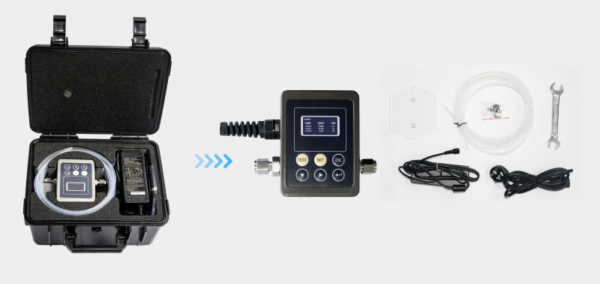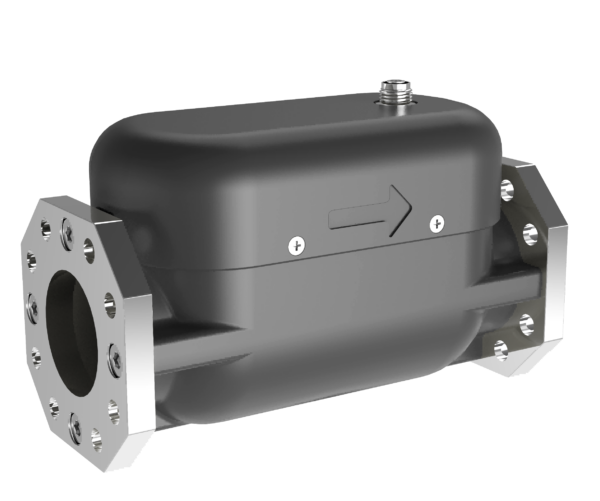1. Are the materials of the sensors suitable for Offshore applications? Please inform us the wetted materials used for that application (SS316, SS304, etc.).
[Yateks]: Yateks sensor material is SS316, and we have supplied for customers installed on vessels where is high temperature and wetted environment. we have got the EMC certificate, I enclosed the sensor certificate for your look.2. Are there any activities that require scheduled human intervention to support the operation of the system?
[Yateks]: Do you mean some daily maintenance or what do you mean? Usually we recommend end user to do sensor cleaning after continued working online for months, and also recalibration after 6-12 months continued working.3. Provide the expected required calibration/maintenance activities and frequency required to support the operation of the system.
[Yateks]: ① sensor cleaning: it depends, every 1~3 months to do sensor cleaning when do equipment maintenance.②sensor recalibration: evert 6~12 months
4.Do Yateks count with worldwide technical support partners?
[Yateks]: Yateks has office only in China, and we cooperated with local companies to provide end users better technical support. Of course we have regularly training for our local partners and case sharing, to make sure our local partners are able to solve the problems from end user and provide satisfited technical services.5. What experience do you have within the Oil and Gas segment?
[Yateks]: Truly speaking, we’re going a bit slow in Oil and Gas segment on foreigner markets.For your reference: we have supplied our oil condition sensor for Kluber Argentina, supplied sensor for Castrol India, supplied for TotalEnergies through ouR France partner and discussing project with Petronas EU R&D center.In China, have supplied tailored one-stop solutions for Sinopec, for Shell China, Mobil China and other Oil & Gas companies in China.
6. When discussing your system and sensor with an OEM, such as Siemens Energy, how would you quantify the value that your system has for us? Provide a brief history of your company and the heritage of the technology.
[Yateks]: Truly speaking, I have no idea about Siemens’ plan for online oil condition monitoring project, so I have no comments yet.But I enclosed Yateks products introduction with some case studies for your look, hope can discuss with your team and correctly answer this question during our future online meeting.
YFJ-4 Online Particle Counter
7.Does this sensor count with a bubble counter?
[Yateks]:YFJ-4 measurement principle is light block menthod, so it has no function of counting air bubbles separately.8.Does it take account the bubble size? Can we get a calculated volume for the bubble?
[Yateks]: YFJ-4 has no function of counting air bubbles.9.Does any of your solutions have bubble eliminator?
[Yateks]: Yes, actully we have developed a new monitoring system which can greatly and effectively eliminate the air bubbles.Maybe can present you the monitoring unit during our future online meeting.
10. What is the version/revision/year of the standards that YFJ-4 product line works?
[Yateks]: YFJ-4 sensor calibrated under the latest version of ISO 11171 (um(c)) 2023 and ISO 4402(um) 1991.Oil Sensor for Wind Turbine / YPM8 Oil Debris Sensor
11. What is the minimum particle size for ferrous e nonferrous materials?
[Yateks]:1.For ferromagnetic wear particles >40umFive channels of wear particle counting: 40~99um; 100~199um; 200~299um; 300~399; ≥400μm;
2..For Non-ferromagnetic wear particles >150um
Five channels of wear particle counting: 150~199um; 200~299um; 300~399um; 400~499; ≥500μm;
12. Can we get a false positive result? How much debris it must collect until it gets an alarm?
[Yateks]: The sensor itself gives only real-time measurements, you can connect to your own PLC or panel box to do caution and warning settings.The experienced value is more reliable. due t different equipments application, will has different wear particle allowance.From the tribology analysis, the most critical wear particles are 100~199 um, we should pay more attention on particles counting in this size range.


